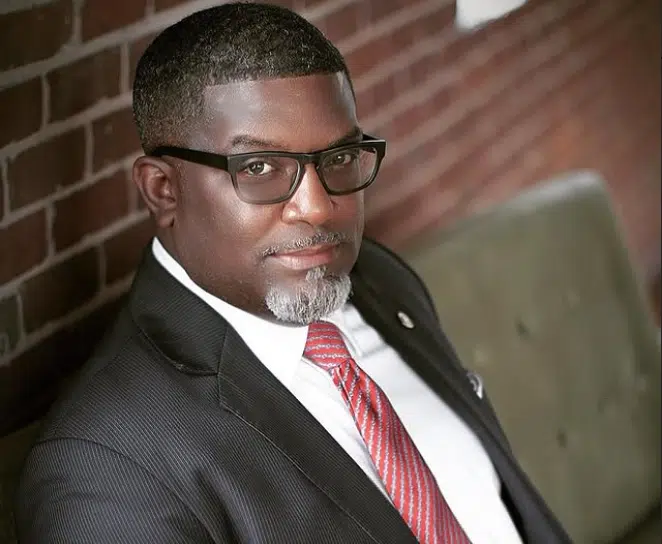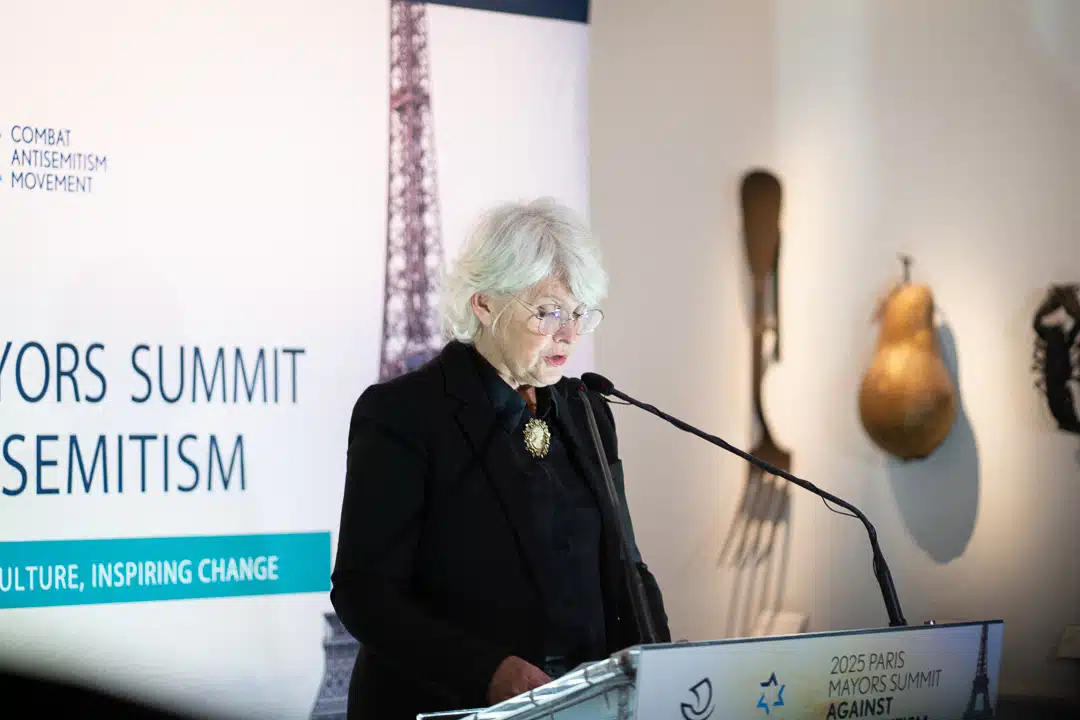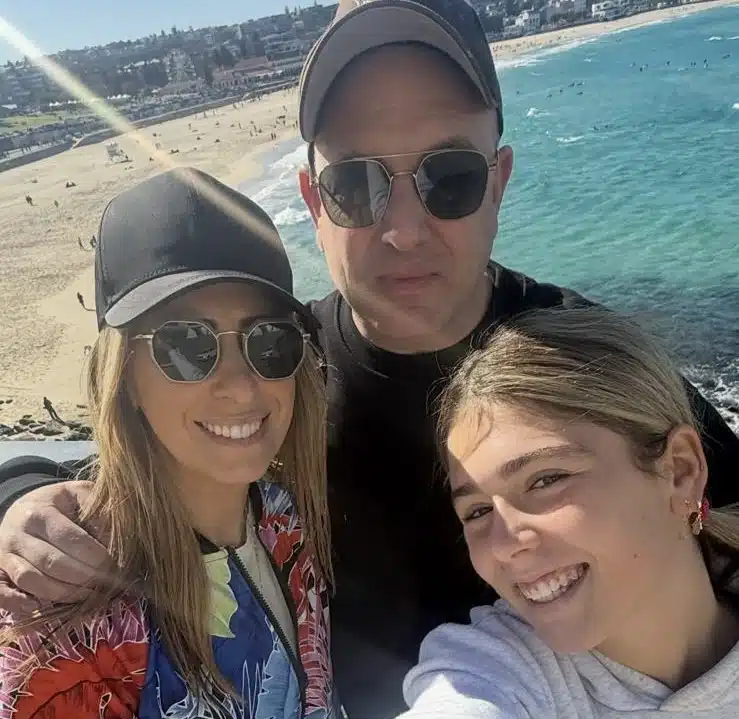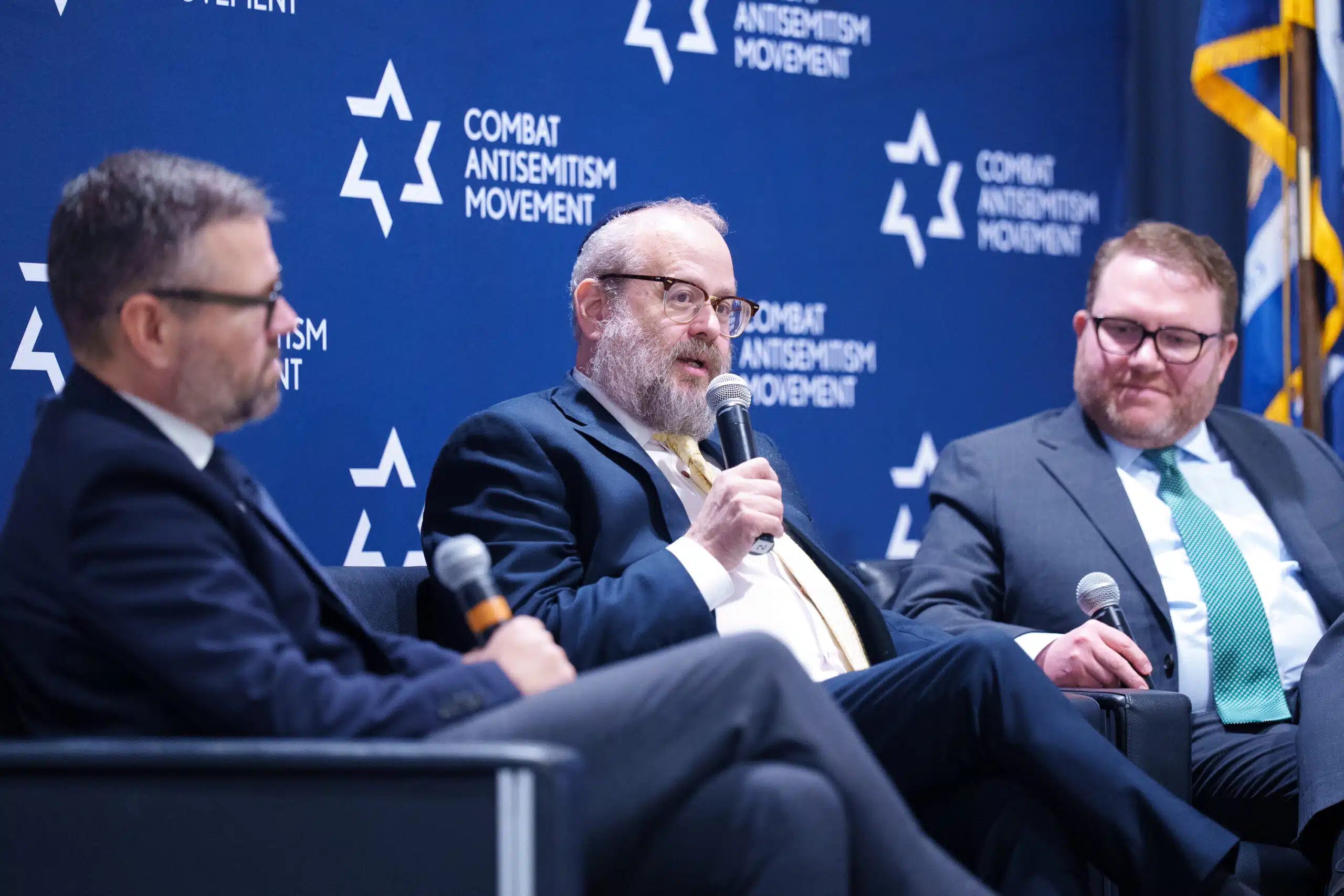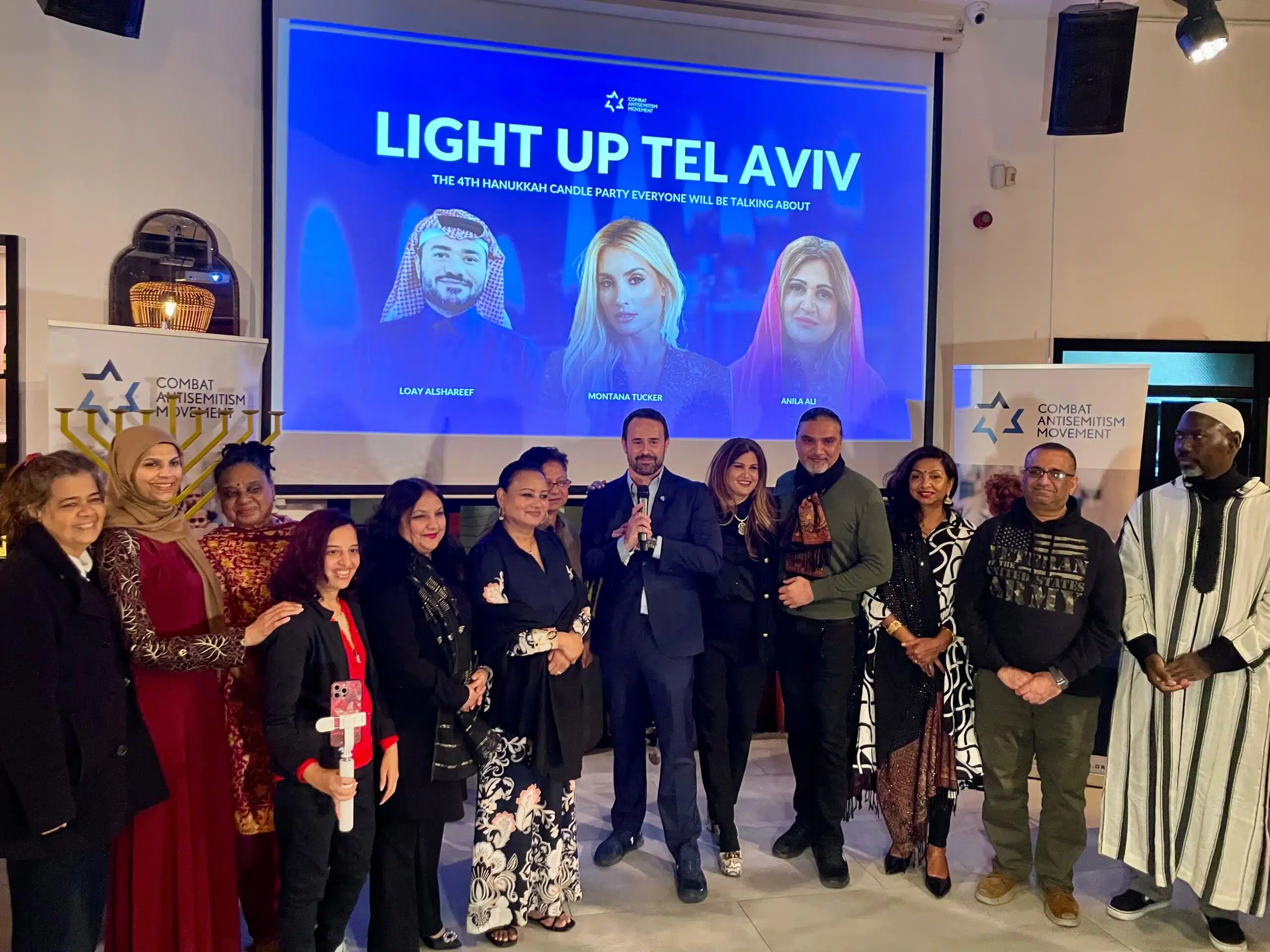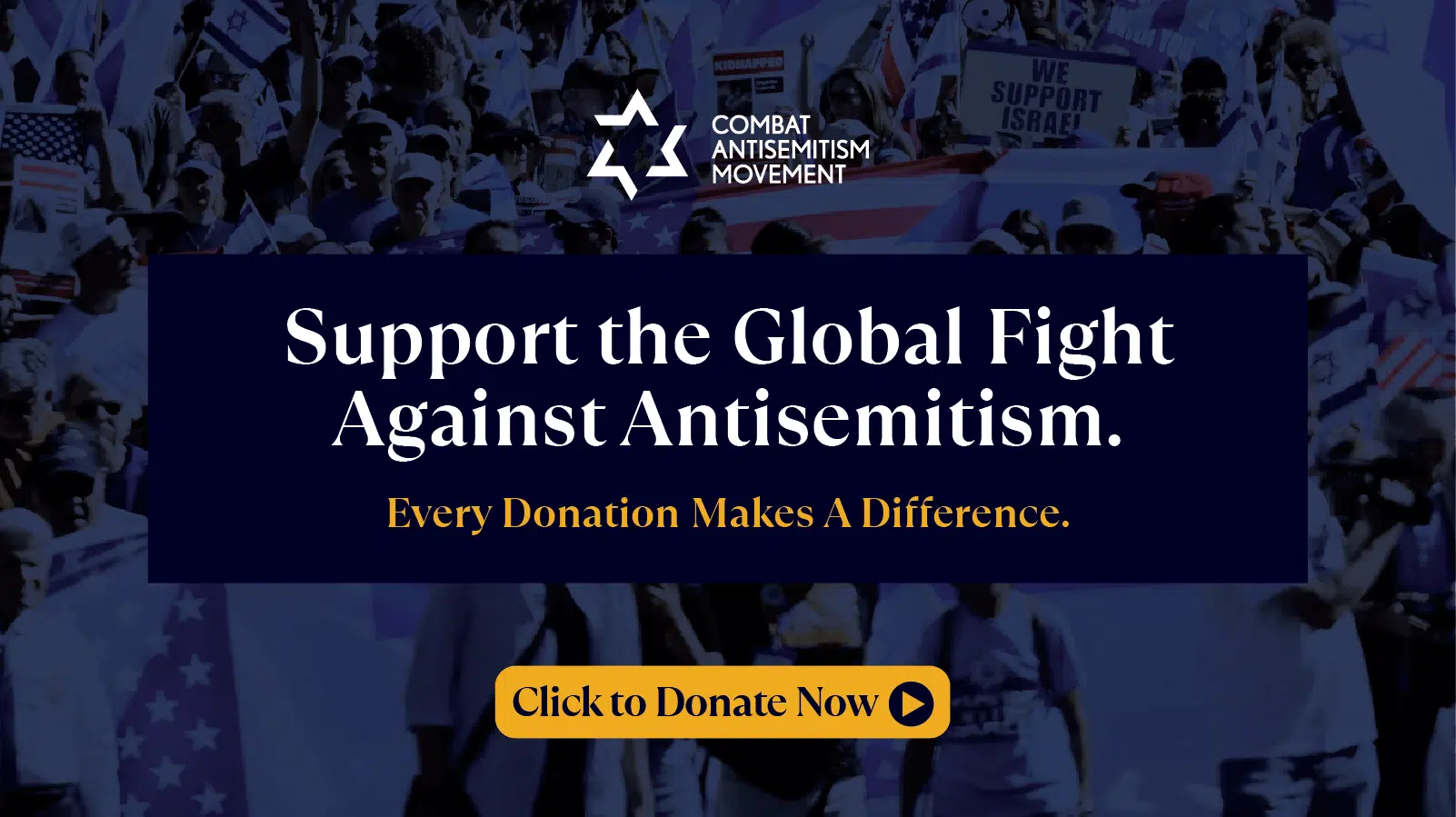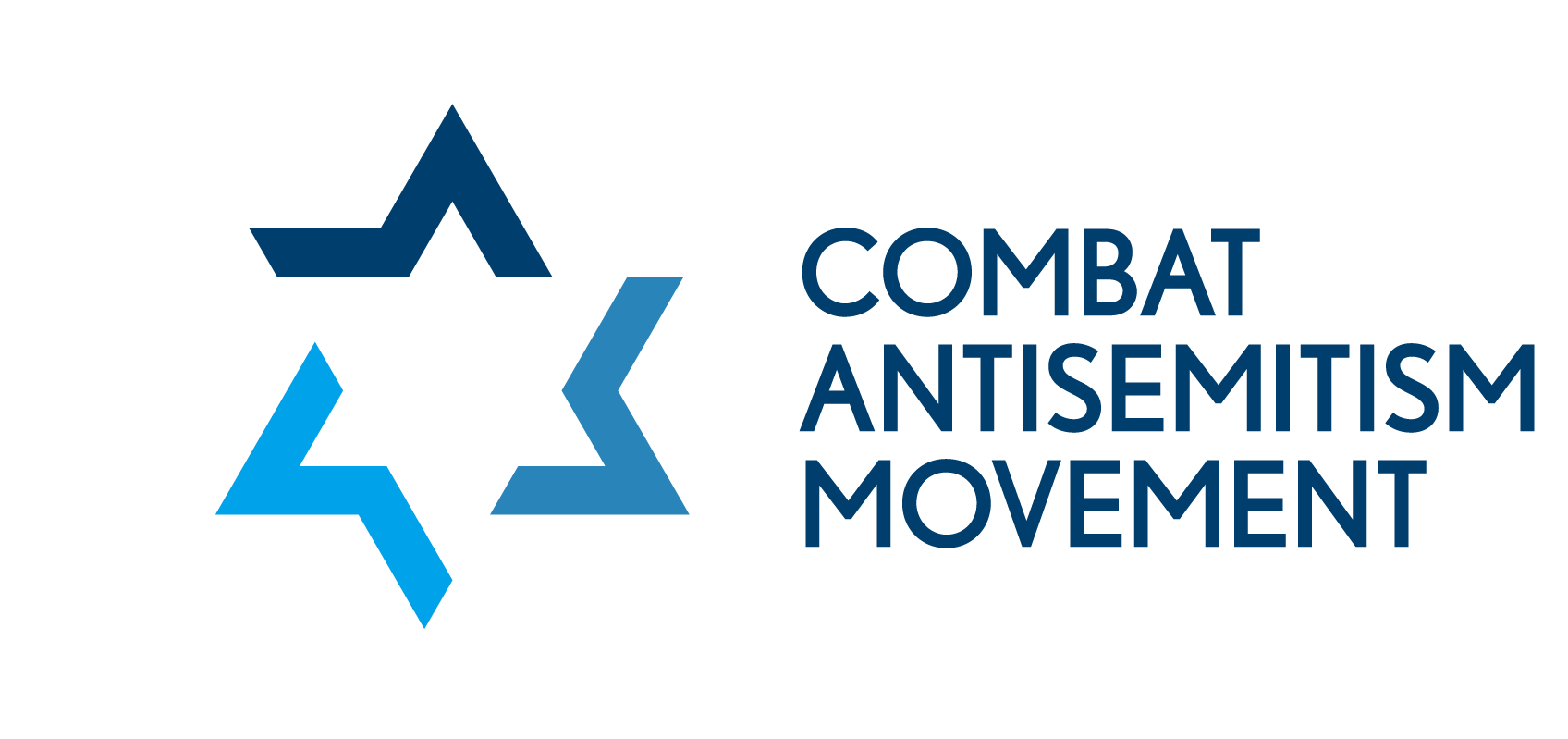|
Getting your Trinity Audio player ready...
|
Dr. Gunther Jikeli — a historian and sociologist specializing in contemporary antisemitism — holds the Erna B. Rosenfeld Professorship at Indiana University’s Institute for the Study of Contemporary Antisemitism (ISCA) at the Borns Jewish Studies Program. He is also an associate professor of Germanic Studies and Jewish Studies at IU and leads the Social Media & Hate research lab.
In a new preliminary report, “Anti-Israel Campus Groups: Online Networks & Narratives,” Jikeli and his research team map the growing web of anti-Israel campus activism in the U.S., with a particular focus on how it plays out online.
The study analyzes over 76,000 Instagram posts by anti-Israel campus groups and tracks a clear spike in antisemitic incidents — particularly following the October 7 Hamas massacre. It finds a strong correlation between the number of active anti-Israel groups on campus and the frequency of antisemitic incidents. It also highlights how rhetoric invoking “resistance,” “martyrdom,” and accusations of genocide has become increasingly normalized. Furthermore, the research spotlights the leading role of Students for Justice in Palestine (SJP) and its close collaborations with radical non-campus groups, such as the Palestinian Youth Movement (PYM).
The Combat Antisemitism Movement (CAM) spoke with Jikeli about his findings, the implications for Jewish students, and how institutions and communities can respond.
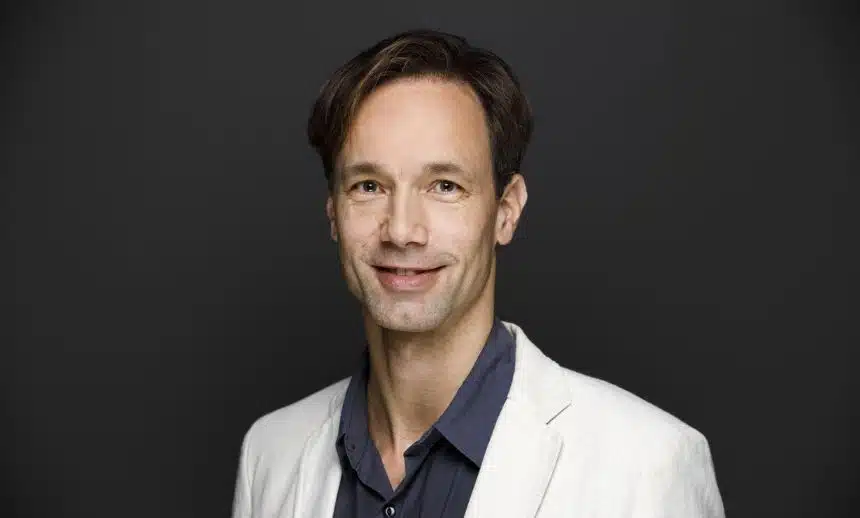
What was the most surprising or unexpected finding in your analysis of anti-Israel campus activism?
What stood out most in our analysis was how clearly we were able to trace the digital infrastructure of radical anti-Israel activism on campus — and how much it has evolved in recent years. The most dominant player remains the National Students for Justice in Palestine (SJP), but what’s striking is the extent to which they coordinate with external, off-campus groups like the Palestinian Youth Movement and other radical leftist organizations. These alliances aren’t just ideological — they’re tactical and digitally sophisticated.
A major shift occurred in 2021, when Instagram introduced its “collab” feature, allowing multiple accounts to co-author posts. This seemingly minor platform update turned out to be a powerful tool for amplifying coordinated messaging. By analyzing co-authored posts, we could see exactly who was working with whom — and National SJP emerged as the most frequent collaborator across the board. This level of coordination requires planning and strategic intent, and it’s now visible in the data.
Perhaps most alarmingly, we saw a dramatic spike in both the volume and engagement of radical content immediately after October 7. On October 8 alone, one post from a group at the University of Washington received over 400,000 likes. Why? Because it wasn’t just one group posting — it was being boosted by much larger external organizations with extensive followings, like the Palestinian Youth Movement. These networks — spanning Instagram and other platforms — enabled unprecedented reach and visibility.
We also documented a surge in new campus chapters and accounts that appeared within days of the attacks, many adopting variations of the “Divest from Israel” name or affiliating with SJP. Even new “Faculty for Palestine” groups began to emerge, though they’re less active on Instagram.
In short, we’re not just seeing isolated incidents of campus activism — we’re seeing a coordinated digital ecosystem that surged in response to October 7, spreading radical, extremist messaging with speed and scale we haven’t witnessed before.
What do you see as the biggest risks heading into the 2025–2026 academic year? Are we at the peak of campus radicalization, or just the beginning?
Unfortunately, I don’t believe we’ve reached the peak. In fact, we may be entering a more dangerous phase.
One of the most concerning developments is the further radicalization of certain student groups over the past year. I witnessed this shift firsthand on my own campus. In the immediate aftermath of October 7, some students were still expressing nuance — acknowledging, however hesitantly, that Hamas is not a legitimate or moral actor. But in the months that followed, many of those same voices hardened. Today, there’s a visible and explicit re-embrace of Hamas rhetoric and ideology in some circles. That’s not just a radical fringe anymore — it’s growing, and it’s louder.
While the majority of students want to continue with their studies and daily lives, a vocal minority has succeeded in creating a climate that is increasingly hostile to anything associated with Israel — and, by extension, to Jewish students. These groups are small, but well-organized, highly energized, and increasingly aligned with outside actors offering both ideological and logistical support.
That dynamic is what makes the coming academic year particularly volatile. Some of these activists now feel embattled as university administrations begin — however cautiously — to take disciplinary action or push back. That sense of pressure could, paradoxically, inflame their rhetoric and tactics even further. The risk isn’t just more aggressive protests — it’s the potential for real physical violence. We’ve already seen glimpses of that on certain campuses, and we’d be naive to assume it won’t escalate.
Add to that the fact that anti-Israel activists have largely succeeded in mainstreaming a narrative of genocide — a claim that was being pushed even before October 7, but has now become alarmingly normalized. On many campuses, it’s no longer a fringe accusation — it’s taken as fact, and increasingly used to justify extreme rhetoric and actions.
In short, we’re not just dealing with protests. We’re facing a hardened core of ideologically driven actors, empowered by digital amplification and real-world networks, who are reshaping campus discourse — and possibly campus safety — in deeply troubling ways.
Instagram is a key focus of your analysis. What led you to prioritize this platform, and what insights might we gain from studying platforms like TikTok or X (Twitter), which operate with different user dynamics and reach?
We prioritized Instagram because it is overwhelmingly the platform of choice for anti-Israel student groups. Based on a list of approximately 1,000 campus groups tracked by the AMCHA Initiative, about 750 of them were actively using Instagram — far more than any other platform. This dominance made it the most data-rich and strategically relevant space to analyze.
While some groups also use Facebook, X, Telegram or TikTok for internal communications, Instagram remains the central hub for outreach, mobilization, and public messaging — especially following October 7. One key reason is the visual nature of the platform and the ease of coordinated posting. For example, National Students for Justice in Palestine (SJP) released a digital “toolkit” on October 8, complete with ready-made Instagram templates designed to help student groups amplify messaging quickly and consistently. This toolkit wasn’t just available on Instagram — it was designed for Instagram, with features like Instagram stories, carousels, and grid posts in mind.
This level of visual uniformity and strategic guidance made Instagram uniquely suited for widespread, coordinated messaging — especially in the chaotic days following October 7. It allowed even smaller chapters to appear polished, unified, and active in ways that would be more difficult to replicate on platforms like TikTok, which favors spontaneous, video-driven content, or X, which relies heavily on text and threading.
That said, TikTok is indeed a concern. While fewer anti-Israel student groups are using it directly, it remains a hotspot for antisemitic content more broadly — and it operates with a very different algorithmic logic that deserves future study. For now, though, Instagram remains the primary battleground for student-led anti-Israel activism, both in terms of visibility and coordination.
Is there evidence that these campaigns are centrally coordinated — perhaps by organizations like SJP — or do they appear more decentralized and grassroots in nature?
It’s a hybrid model. What we’re seeing isn’t classic top-down coordination, but it’s far from purely grassroots, either.
Most SJP chapters operate independently, but they draw heavily from centralized messaging, themes, and toolkits—particularly from National Students for Justice in Palestine and radical off-campus groups like the Palestinian Youth Movement. These organizations don’t formally control the chapters, but they exert outsized influence by shaping the narrative and providing ready-made content that can be rapidly replicated.
A clear example of this came in April 2024, when campus encampments became the dominant protest tactic nationwide. That wasn’t a coincidence — it reflected a coordinated thematic shift that spread quickly across chapters. The same pattern emerged following high-profile incidents, such as the self-immolation of a protester near the Israeli embassy. Though individual responses varied, the overarching narrative and symbolic framing echoed widely across different campuses, suggesting an underlying alignment.
We also see this through digital behavior. On Instagram, the most frequent “co-authors” of posts — those who partner with smaller groups to expand reach — are National SJP and the Palestinian Youth Movement. These collaborations indicate not just influence, but strategic coordination, particularly in moments of heightened visibility.
No single entity is issuing directives, but there’s a clear architecture of influence — anchored by a few dominant actors — that enables rapid mobilization and message discipline across campuses. It’s decentralized in structure, but centrally shaped in substance.
Given the scale and coordination of anti-Israel activism, what role can pro-Israel or Jewish student groups realistically play in countering this radicalization? Or are they simply too outnumbered and under-supported to make a meaningful impact?
Jewish and pro-Israel student groups can make a meaningful impact — especially by breaking the illusion of a one-sided consensus on campus.
When radical student activists frame Zionism as a slur and portray Israel as irredeemably evil, simply speaking up can be powerful. Saying, “Yes, I’m a Zionist — and that simply means I believe Israel has a right to exist,” can disrupt the dominant narrative. Organizing events like Israel Week or cultural showcases, hosting speakers, or just publicly affirming Jewish identity and dignity helps challenge the idea that everything associated with Israel or Judaism is inherently negative.
Of course, it’s not easy. Many Jewish students are understandably intimidated. They worry not just about time and energy, but also about safety, harassment, and social isolation. It shouldn’t fall solely on their shoulders to push back. Administrations and other student allies — Jewish and non-Jewish alike — must also step up. Encouragingly, I’ve seen promising developments, like Christian student groups forming alliances with Jewish peers to promote dialogue and shared values.
Still, the playing field is far from level. Jewish students are often outnumbered and lack the institutional or financial backing their adversaries enjoy. And sadly, universities have largely failed them. Many administrators are reluctant to confront faculty or radical groups for fear of backlash. The result is often cosmetic reforms instead of meaningful action.
Real change requires outside pressure. Universities won’t shift course on their own — not unless there’s a clear cost for allowing antisemitism to fester. That might come in the form of public scrutiny, funding consequences, or legal obligations. For example, in dozens of U.S. states, anti-Israel boycotts are restricted by law — yet many universities fail to enforce those statutes or even acknowledge them.
At a minimum, university administrations should affirm their commitment to free, respectful debate. They must stop enabling propaganda under the guise of academic freedom and ensure that all students — including Jews — feel safe and supported. That means enforcing existing rules on harassment and disruption, pushing back publicly against antisemitic speech, and making it clear that hate — regardless of its political packaging — has no place on campus.
What areas will you be expanding on in your full June 2025 report, and what questions remain unanswered in your current findings?
One of the key areas we’re looking to explore further is the relationship between anti-Israel activism online and real-world antisemitic incidents. While establishing direct causation is extremely difficult, we’re interested in whether certain patterns of online activity can serve as predictors of offline hostility.
Specifically, we’re asking: when there’s a surge in social media activity from groups like Students for Justice in Palestine (SJP), does that correlate with an increase in antisemitic incidents on or around campuses? Initial findings suggest there may be a connection, but the data is far from complete. Much of what gets reported is just a fraction of what actually happens, and both the incident data and the social media analytics have their limitations.
What complicates this even more is the increasingly blurred line between online and offline spheres. We often see incidents filmed and shared online, where they generate support and validation — fueling further acts of aggression or emboldening others. In that sense, the digital space becomes both a reflection of and a driver for real-world actions.
Our goal in the next report is to use statistical modeling to examine whether the presence and activity of anti-Israel groups online — particularly those tied to SJP chapters — can be used to forecast when and where antisemitic incidents are more likely to occur. It’s a complex question, but an urgent one.
We’re also interested in unpacking the rhetoric itself. For example, slogans like “Free Palestine” are increasingly used not as calls for political solutions, but as rallying cries for confrontation — even violence. The ambiguity of such slogans allows them to appear benign while carrying far more radical connotations in practice. Our work aims to document how that shift has happened and what it signals going forward.
Ultimately, the question is not just what these groups are saying or where — but how their messaging translates into action, and what that means for the safety and well-being of Jewish students across the country.
If your report could influence one concrete policy shift in higher education, what would you want it to be?
If there’s one change I hope this research can help drive, it’s the return of real intellectual accountability on campus — where extremist ideologies aren’t ignored or silently tolerated, but directly confronted and debated.
Right now, these radical narratives — often rooted in antisemitism and calls for the destruction of Israel — are rarely challenged in academic settings. They’re either overlooked or accepted under the guise of “activism,” with little effort made to unpack their moral, historical, or political implications. That silence has created a vacuum where hostility toward Jews and Israel can flourish unchecked.
Universities must reclaim their role as places of rigorous inquiry. Dangerous ideologies should not be silenced — but they must be examined, questioned, and openly debated. If students were actually exposed to serious analysis of these claims –from historical, ethical, and legal perspectives — I believe the vast majority would reject them.
But that requires courage from administrators, faculty, and student leaders alike. It means creating space for genuine debate, protecting diverse viewpoints — including Jewish and pro-Israel voices — and insisting on intellectual honesty over ideological conformity.
Higher education must not be a place where antisemitism hides behind slogans. It should be a place where it is unmasked and challenged, in full view.
As antisemitism continues to spread across campuses and online spaces, the need for decisive leadership, academic accountability, and cross-campus solidarity has never been more urgent.
To read the full preliminary report, please visit: Anti-Israel Campus Groups: Online Networks & Narratives


